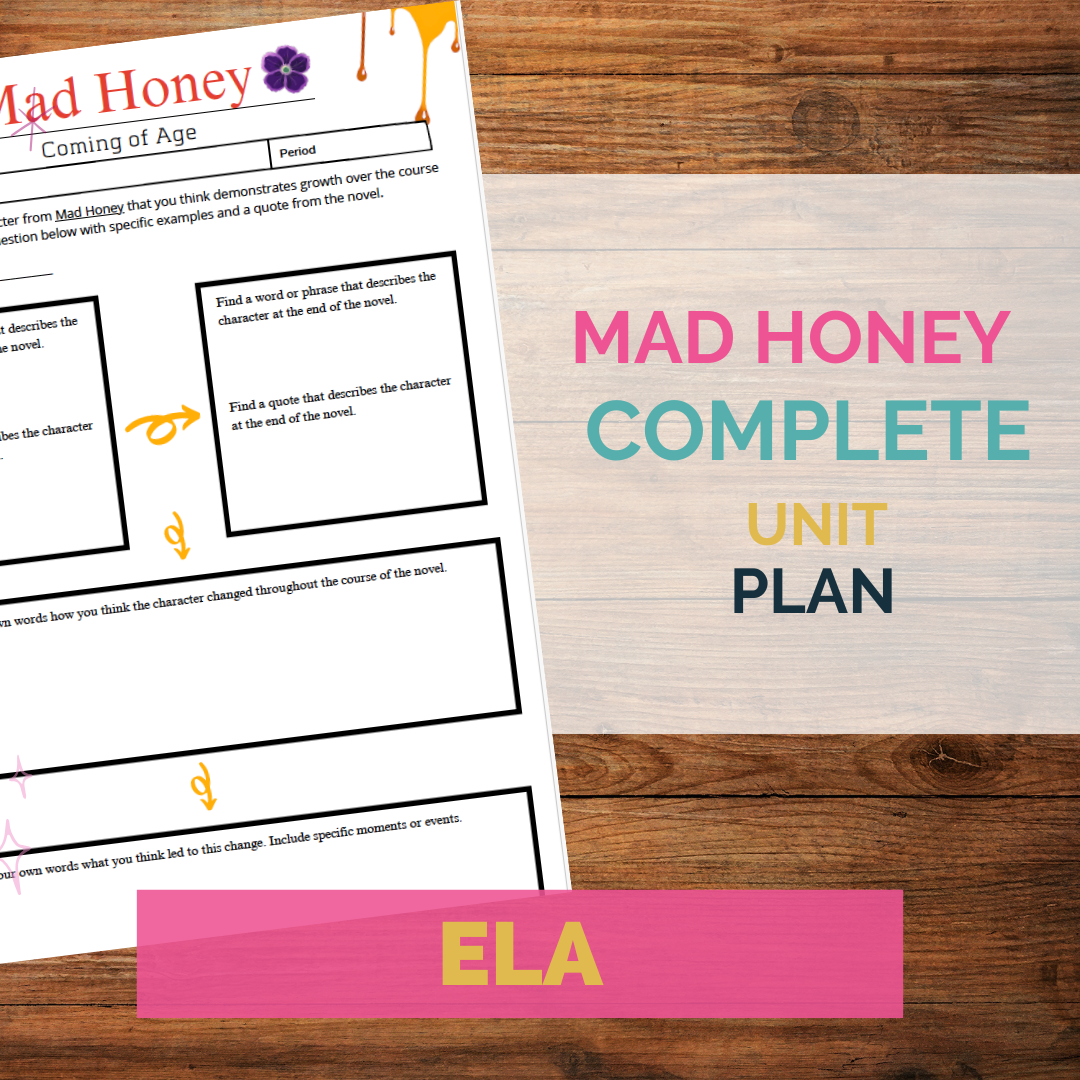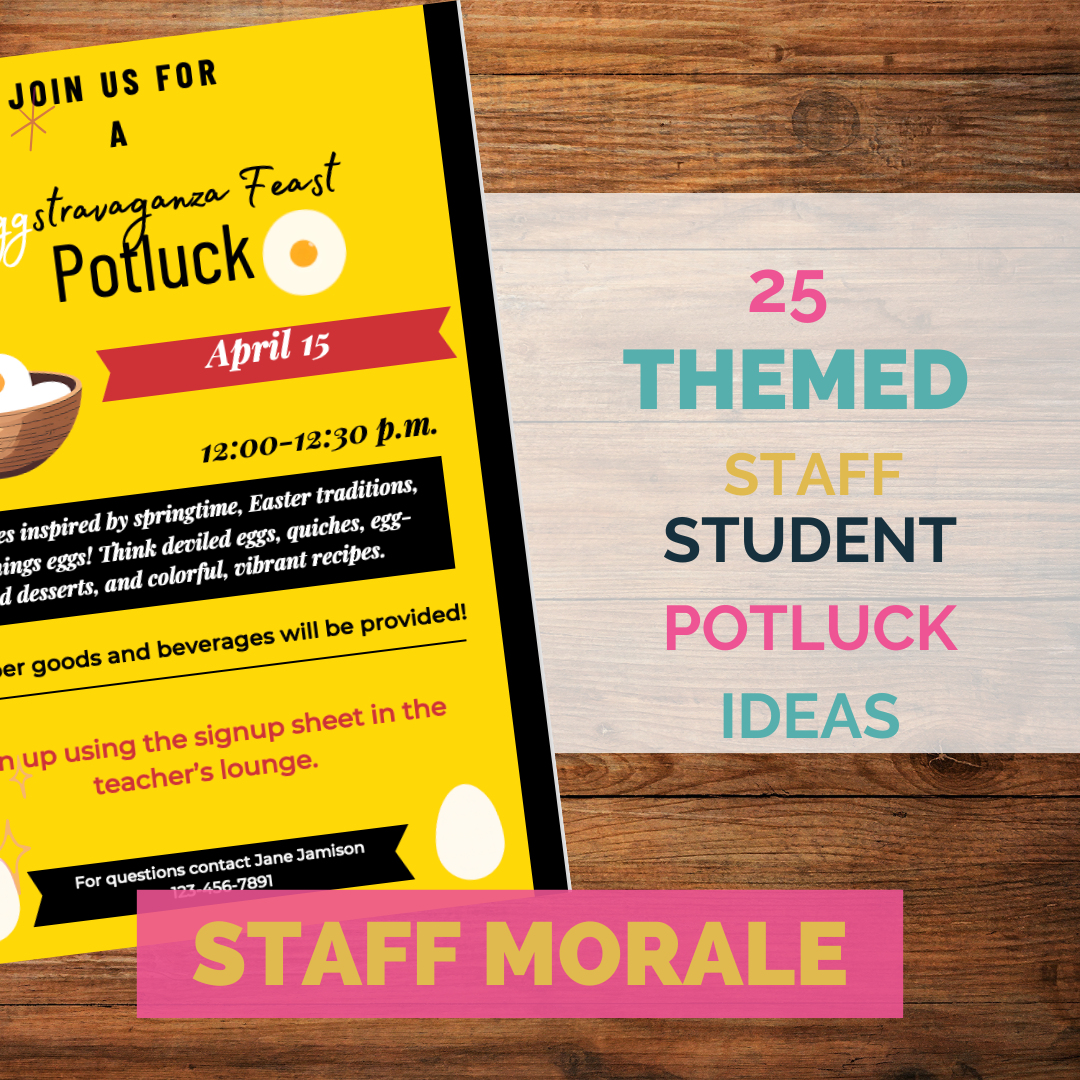Crafting a Compelling Personal Narrative: Classroom Guide
Personal narratives are a unique blend of storytelling and self-expression. They allow students to delve into their own experiences, weaving stories that not only entertain but also offer insights into their worldviews, cultures, or growth journeys. However, creating a compelling personal narrative can be challenging. This guide offers steps and tips for educators and students to master the art of personal storytelling in the classroom.
What is a Personal Narrative?
A personal narrative is a form of creative writing where the author tells a story from their perspective. The story, rooted in truth and personal experience, is often structured around a central event or theme that has had a significant impact on the author’s life.
Steps and Tips for Writing a Great Personal Narrative:
Find Your Story:
- Begin by brainstorming. Reflect on moments in your life that sparked change, presented challenges, or led to growth.
- Ask guiding questions: Was there a time you overcame fear? A moment you stood up for what you believed in? A situation where you learned something valuable about yourself?
Establish a Clear Focus:
- Instead of attempting to cover your entire life story, zoom in on one event or a short series of related events. This makes your narrative concise and maintains the reader’s interest.
Engage Your Readers from the Start:
- Start with a hook – a powerful statement, a question, or a vivid description that grabs your reader’s attention.
- Example: “The day I lost my grandfather’s heirloom ring was the day I understood the weight of responsibility.”
Use Descriptive Language:
- Transport your readers into the world of your narrative. Describe the setting, characters, and emotions in detail. Employ sensory language, so readers can visualize, hear, and feel the moments you describe.
Incorporate Dialogue:
- Realistic dialogues can add authenticity to your narrative. They can be used to showcase character personalities, move the story forward, or reveal key details.
Organize Your Story with a Beginning, Middle, and End:
- Beginning: Introduce the main characters, setting, and the premise.
- Middle: Describe the events leading up to the climax, building tension.
- End: Resolve the conflict and reflect on the lessons learned or the impact of the events.
Show, Don’t Tell:
- Instead of merely stating feelings or events, show them through actions, dialogues, or surroundings.
- Instead of writing “I was nervous,” you could describe jittery hands, a pounding heart, or a shaky voice.
Reflect on the Experience:
- A personal narrative isn’t just about recounting events. It’s about reflecting on their significance. Conclude your story by sharing what you learned, how you changed, or why this story is important to you.
Encouraging Narratives in the Classroom:
Educators can play a pivotal role in guiding students to craft meaningful personal narratives. Encourage regular journaling, create a safe space where students feel comfortable sharing, and offer constructive feedback. Remember, personal narratives are as much about the process of self-reflection as they are about the end result.
Final Thoughts:
A well-crafted personal narrative can be a window into a person’s soul. For students, it’s an opportunity to reflect on their journey, understand their growth, and hone their storytelling skills. With guidance, patience, and practice, any student can create a narrative that resonates and leaves a lasting impact.
Check out the following resources from my favorite teacher authors:
5 TIPS FOR TEACHING NARRATIVE WRITING
Five Minute Fairytales – from The SuperHero Teacher
Snowball Writing Activity – from Presto Plans
Personal Narrative Assignment – from Teaching in Room 213
Narrative Essay (CCSS Aligned) – The Daring English Teacher
Memoir Unit – Secondary Sara





